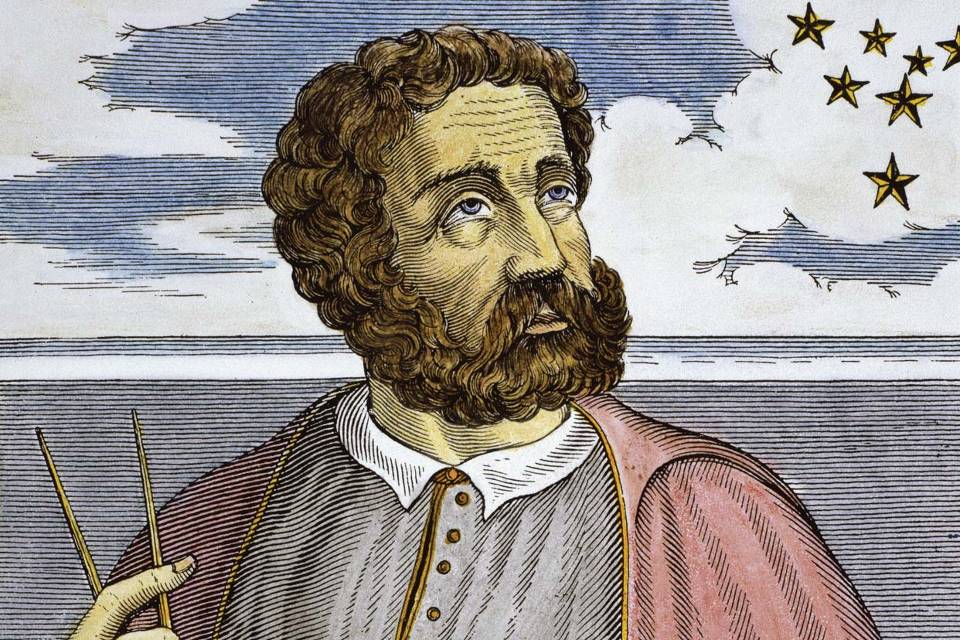
500 Years of Christianity (Part 3)
Magellan’s arrival on March 16, 1521 was not accidental. Many events happened thousands of years ago involving East and West science, technology and religion. About 4,000 years ago, Arcadians, Babylonians, Indians, Egyptians, Greeks, and Chinese developed astrology (how stars affect human events) and astronomy (study of heavenly bodies or study of placement/location of stars). Today, astrology is not treated as scientific but refers to the Daily Horoscope in the newspapers. Astronomy is scientific knowledge leading to words like astronaut, astrophysics, etc.
The three (3) magi, wise men, after studying the stars knew when and where the lord will be born. The Greeks got this knowledge from the Persians (Alexander conquered Persia under King Darius III). The Romans in turn got the knowledge after conquering Greece. During the Renaissance period, astrological art became popular leading to the world’s biggest and most renowned celestial ceiling in Sala Bologna in Vatican City commissioned by Pope Gregory XIII. Europe did not know that India had the same knowledge in the great Sanskrit literary work Rig Veda. Much earlier, China already had a lunar zodiac (12 signs like Europe’s zodiac) consisting of 28-star groups name ‘siou’.
Thousands of years before Christianity, there was already trade and commerce in the East among Persia, China, and India. There was a continuous exchange and flow of goods, science and technology. Astronomy was a major topic. In Asia’s sea and land travels then there were no GPS, no radio, no cellphone, airplanes, drones, trucks. It was easy to get lost. The sun rises in the east and it sets in the west. Facing east, your left side points to the north and your right side is to the south. During sand storms, typhoons, snowstorms, it was too dark to find the sun. By evening, even when the fog, snow, sand, rain is gone you would not know the right path. Astronomy records where known visible stars can be found at night at a given season—winter, spring, summer, autumn.
By the 9th century, Islam was dominant in the Middle East and Africa. The Arabs became the world’s middlemen in the trade between China, Europe and in South Asia (India). Deeply religious, Arabs pray 6 times a day facing the east. During journeys, they encounter sandstorms, snowstorms, floods, typhoons, monsoon. So, at night, if the sky was clear, they look for certain stars and ascertain their location. This will conform with what they know from the solar/sun bearings and natural landmarks in daytime. Even without a clear sun in daytime, they still have a very precise backup system, the celestial night time sky navigation which up to today is the best in the World.
Portuguese explorer Bartholomeo Diaz, in 1487, was the first European to go around Africa and reach the Indian Ocean. In 1498, Vasco de Gama used the route of Diaz and reached India. The Portuguese were the first Europeans to trade spices and silk in big volumes by ships, and not by camels like Marco Polo. They developed self-confidence in their explorations relying on the accurate navigational and astronomical charts and maps of the Easterners (Arabs, Chinese, Indians). They were impressed with precise knowledge the Easterners had of the monsoon season which made the ships go faster. The renowned Portuguese Royal Library’s navigation and astronomical charts and maps, updated by the latest explorations made it the best and most envied in Europe. In the 15th and 16th century, Spain by then had the experience, ships, maps and veteran sailors that Portugal had. Thus, the stage was set for Magellan’s epic voyage.


No Comments